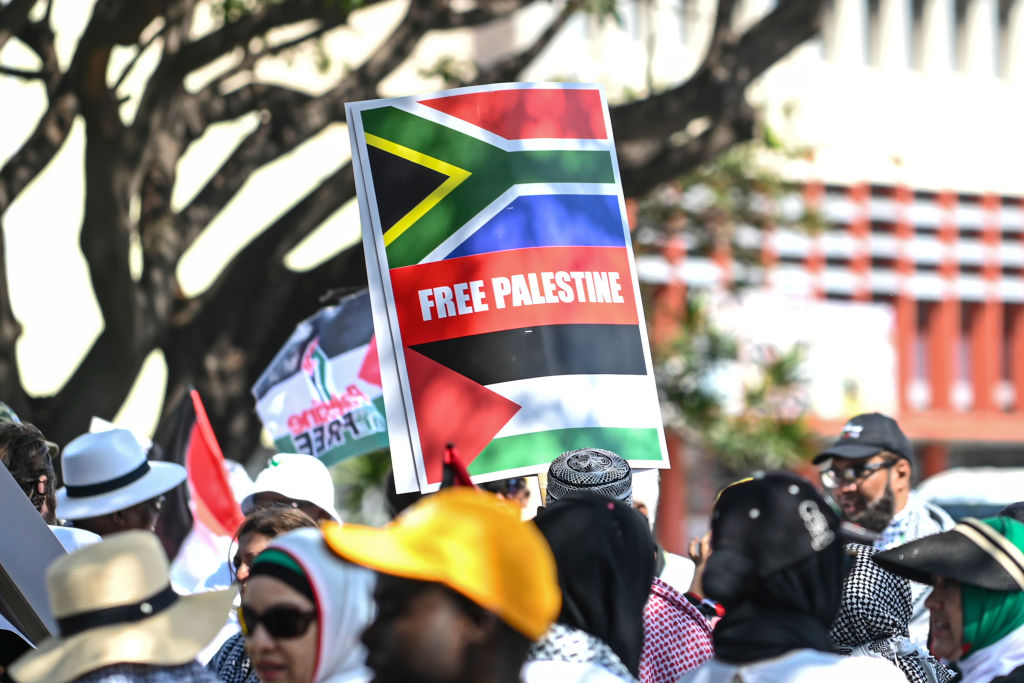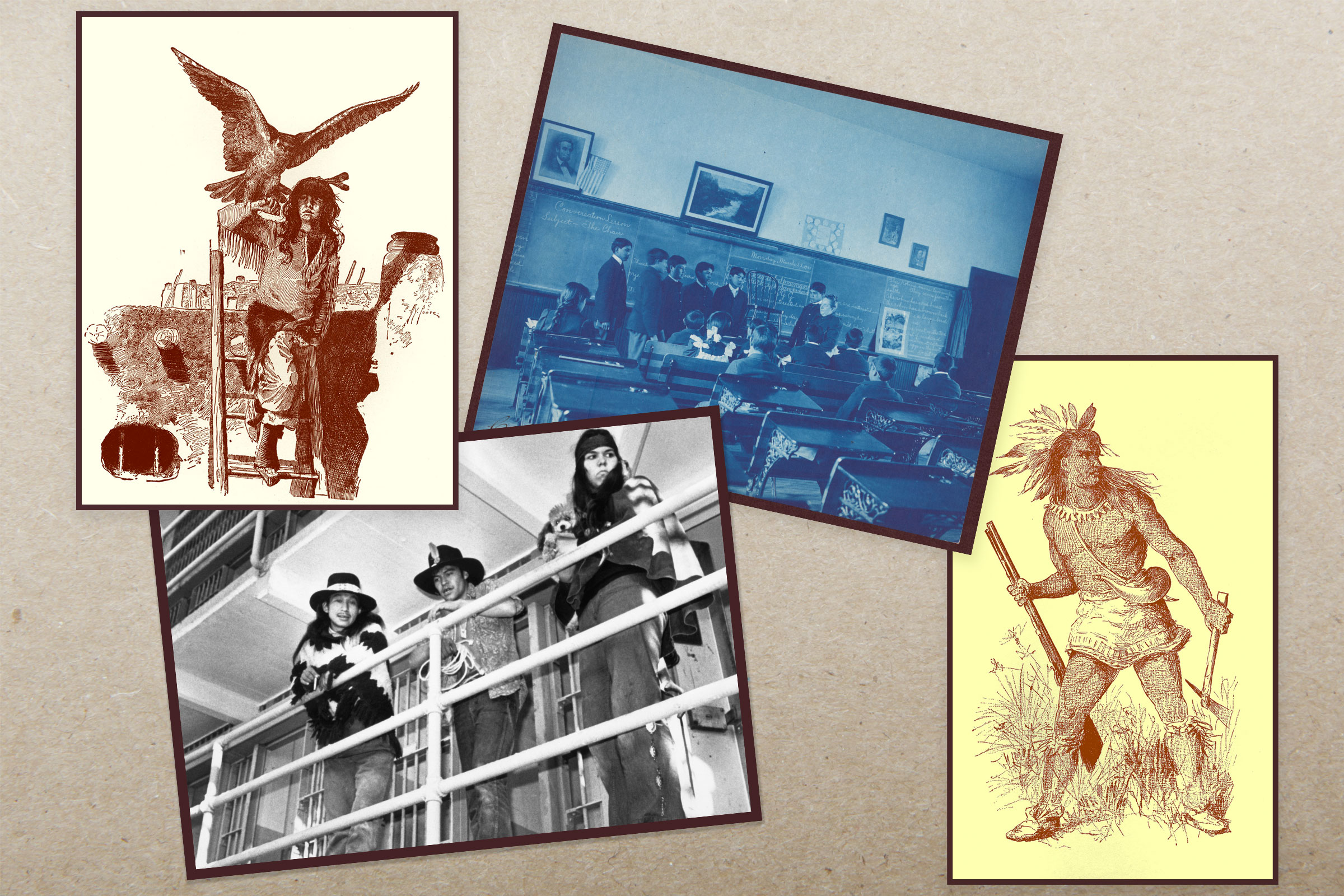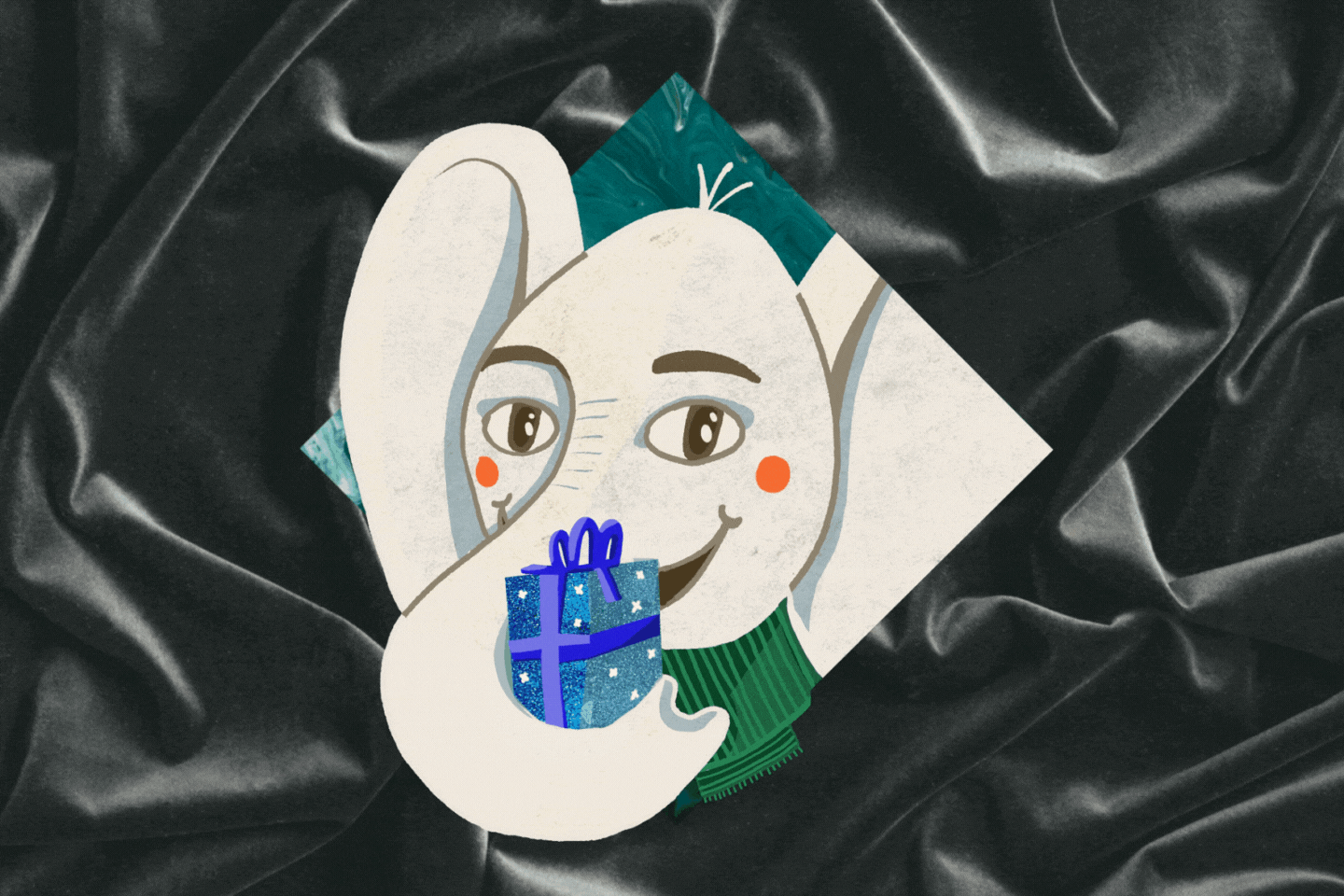
This year’s Nobel Peace Prize Laureate cannot attend the award ceremony in Oslo on Dec. 10. Narges Mohammadi sits in Tehran’s notorious Evin Prison, where she is serving her third prison sentence for defending human rights. A mathematician and physicist who loves singing and mountaineering, she told me she would have had a very different life in any other country. But the political situation in Iran gave her no choice, and she has devoted her whole life to the struggle for freedom and equality in her country. Mohammadi has endured beatings and mistreatment in prison and is suffering from ill health, including the effects of a recent hunger strike. She is barred from speaking to her children or even receiving a photo of them. Yet she still retains the courage of her convictions. “If I were to return to the starting point again,” she told me, “I would make the same choices with more determination and will.” Convinced that she will live to see victory of rights over despotism, she said, “prison walls will never stand in my way.”
[time-brightcove not-tgx=”true”]
Restrictions on Narges’s communication with the outside world have tightened since her Nobel win. I sent questions to her via her family, and was able to speak to her briefly on the phone, through indirect means, before the line was abruptly cut. Here is an excerpt from our conversations:
I have always wanted to visit Iran, and hope that one day I will. When you think of your childhood, is there anything that comes to mind—whether beautiful or difficult—that would help us to imagine the life of an Iranian family?
I was born into a middle-class family. In Iran, family relationships are not only strong among close relatives but also between extended family members.My mother’s family was politically active and engaged. My grandfather was a well-known merchant in the Qeysariyeh Bazaar in Zanjan. His son and grandchildren were political activists. Mostly educated in reputable Iranian universities, they were supporters of democracy and opponents of tyranny. My grandmother’s large courtyard was where we played our childhood games.
In the 1979 revolution, a significant portion of my mother’s family and some members of my father’s family were imprisoned. These events directly linked the world of my childhood to the world of struggle and resistance. I was only a small child when I was faced with the execution of the son of one of my aunts, and the daughter of another aunt, both of whom had been teachers. I had no understanding of the phrase “execution.” The word “torture” was so abruptly thrust into my child’s mind, that without any understanding of what it implied, I felt fear and hatred toward it. In the 1980s many families experienced a similar situation. And none of these difficulties and hardships prevented our large family from being happy and hardworking. Our outlook on our future life was very optimistic, and I owe that to the teachings of my family.
My mother and aunts were fond of singing, dancing, and playing the Dayere. They raised their children with love, joy, and satisfaction, putting all their might and ability into it. My mother shared all her strength, love, and affection with her four children.
Many families held religious beliefs, but they did not identify with the concept of religious government represented by the Islamic Republic. Over time and through the experience of the tyranny of religious government, they began to distance themselves from it and finally rose up in opposition to it.
An example: the religious government allowed men to have up to four simultaneous marriages and positioned the man as the head of the family. However, the reality was that men were deeply concerned about openly acknowledging even a second marriage, knowing that it would create a very negative reputation and even stigmatize them in society and was considered immoral and incompatible with Iranian culture. Even legalizing discrimination against women did not make it acceptable to society.
Girls, supported by their families, especially their mothers, attended colleges and universities, and found employment. So much so that by the time I attended university, there were more female than male students.
My father was very kind, tolerant, and considerate. Not only did he not oppose our attendance at university, or staying in dormitories or renting an apartment in the city, he even undertook all the related costs and expenses, which were not inconsiderable. This was common practice in our family and among our acquaintances, and this was while we lived in a provincial town.
I remember that my mother refrained from even wearing black socks, let alone dresses. She wore lively and colorful clothing. The religious government forced us, as children of that happy mother, to wear dark and black overcoats, trousers, and headscarves. The values of Iranian families were different from the values promoted by the government.
The image that the tyrannical government portrays of the Iranian people and society to the world does not match the lively, dynamic, tolerant and considerate culture of the Iranian people and society. The majority of Iranian society opposes compulsory hijab, yet the government kills, imprisons, and deprives women of employment and social rights for not conforming with that compulsion. A majority of Iranians never chant “Death to America,” but the government falsely claims that they do.

Did you think, growing up, that it was possible that you could be imprisoned? Is the life you lead one that you had imagined, or did you picture something different?
I majored in mathematics and physics in high school, and at university, I selected applied physics as my major. All of my cousins, both female and male, attended university, and my mother expected nothing from us but studying. I intended to pursue physics until the doctoral level. While studying at the university, I also attended singing classes. I formed the Girls’ Mountaineering Group, which did not exist at the university until that time, and we established an independent student organization for student activities.
My fascination with Einstein’s ‘theory of relativity’ and Heisenberg’s ‘principle of uncertainty’ as one of the most essential results of quantum mechanics, was so great that I conducted rare experiments in optics, lasers, physics, and chemistry labs. When the university decided that some students should travel from Qazvin to Tehran for nuclear physics experiments in applied physics, I was among the first volunteers.
The 1990s was the decade of student protests, women’s movements, and the expansion of civil society. The future of my academic studies was heavily influenced by the tumultuous political and social events in Iran during this period. Creating institutions and organizations for students and women and participating in journalistic activities to help create and form a civil society was of such immense importance that it laid a historic responsibility on our shoulders.
My passion and sense of responsibility toward the creation of a democracy was not only rooted in the concepts of “civil society,” “democracy,” and “human rights,” which were the main principles of our time, but were also nurtured by my life experience.
I had witnessed execution, prison, torture, and the violation of women’s rights in school, on the streets, and in society from my childhood years onwards. Alongside my brother and sister-in-law, I had been repeatedly detained by “revolutionary committees” and the morality police. Human rights were, for me, as necessary as breathing to stay alive.
I always think that if I had been born in a European or American country and had a different life experience, I could have been an active physicist in a university or laboratory who would also advocate for human rights and peace. However, the reality is that my life path led me in the direction of becoming a human rights defender in Iranian society as well as globally. One who had also happened to have studied physics and worked for a time as a professional engineering inspector.
Who were the biggest influences in shaping you to become the extraordinary woman that you are?
The history of my land is the tale of the struggles of freedom-seeking and tradition-breaking women, which has continued till the “Woman, Life, Freedom” movement of today. The poetry of Forough Farrokhzad, Parvin Etesami, and the authoritative and rebellious role of Táhirih Qurrat al-ʿAyn, as well as the role of women like Farrokh-Rou Parsa, the first female minister and parliament representative, and Zhinous Nemat Mahmoudi, the founder of the Iranian Meteorology Service, is undeniable and highly influential in the contemporary history of my country. I still remember the picture of Forough Farrokhzad, smoking a cigarette, in my brother’s room, and her poems representing the facets of feminist culture. I still remember my sister’s admiration for the iconoclasm of Qamar-ol-Moluk Vaziri, for singing the “Morq-e sahar” ballad among men and without a veil in Grand Hotel Lalehzar. In university I learned of Sediqeh Dowlatabadi, who was a staunch supporter of women’s liberation. When Shirin Ebadi won the Nobel Peace Prize, I saw her significant impact on the advancement of human rights culture in society.
My family had courageous, hardworking, and resilient women who were educated, employed, and highly influential. Female members of our family, both before and after the 1979 revolution, strived to attain higher education and make a meaningful entrance into society. I think it was a smart and targeted strategy to break the barriers against women, and it was successful. Women in Iran are aware that they have never tolerated oppression or discrimination in any form. The trajectory of their activism rises from the historical activism of women, some of whose names have been lost to time.
I have had the privilege of spending time with women in refugee camps around the world. They have been displaced by violence or persecution and who have lost their homes and freedoms, so there is some similarity. I am amazed usually by their fearlessness and the way they manage to even laugh, and express themselves, and to not get crushed by their experiences. How do you keep each other going in such difficult circumstances?
In total, since 2012, I have been imprisoned alongside more than 800 fellow cellmates. Having a political female prisoner alongside women charged with murder, robbery, and drug trafficking can be quite challenging. From the outside, it even seemed impossible for us to coexist. But life, with all its beauty and nuances, continued inside the walls and bars.
On Dec. 24, 2019, after severe beatings, I entered Zanjan Prison wounded and severely hurt. One of the charges against me, in addition to protesting against the massacre of people that November, was organizing dance and song parties in the women’s ward of Evin Prison during my previous imprisonment. In Zanjan Prison, I would use utensils as makeshift tambourines and dance and sing with the women prisoners. Once, in the middle of our dancing, the warden used the PA system to demand we stop as dancing was forbidden. In the political ward, holding discussion sessions, group studies, protest gatherings, making declarations, and participating in acts of resistance created common ground that can foster communal life. Although different political orientations and conflicting ideologies can lead to discord and conflict, we, by emphasizing our commonalities, made life there more vivid. In my belief, life and resistance are intertwined, and fundamentally, our struggle is for life. Sometimes, women with different ideas and inclinations become so close in prison life that I feel if this could happen in society as well, we would finally achieve humane communities and ideals.
We gather to celebrate the birthdays of our fellow inmates, even the birthdays of their children. The sound of our singing and joy reaches the male wards, and male wardens complain about what happens in the women’s ward. This is the sound of our vibrant life.
I imagine myself in your situation—and hope that I would have half of your courage if I did—and cannot imagine how I would bear being separated from my children, and how much I would worry about them, probably more than I worried for myself. How do you cope with this? Are you able to speak to your family?
After the birth of [my twins] Ali and Kiana, I was detained three times. The first time, they were 3 years, 5 months old. Kiana had undergone surgery and was constantly in my arms. Suddenly, at night, male security forces stormed our house and I was arrested.
I’m unable to put into words that moment for you. Kiana had a fever and couldn’t let go of me. Her little hands, burning with fever, clung to my neck, and I had to, with my own hands, unhook her little fingers and entrusted her to [my husband] Taqi’s arms. Kiana was shedding tears and crying, “Mom, don’t go.” In the midst of those aggressive and ruthless men, I lifted Ali and put him to sleep, laid him down on the bed. But Kiana knew something bad was about to happen and would not close her eyes. I had to leave the house in front of her feverish eyes. I went down the stairs. Kiana called out, “Mom, come and kiss me.” I looked at the stern-faced man and he gestured for me to go. I rushed back up the stairs and kissed Kiana. My legs felt faint. Once again I walked down the stairs. Kiana’s cries became louder, “Maman Narges come and kiss me.” Once more I went up the stairs and kissed her. I don’t know how I survived coming back down.
The second time, Taqi had left Iran. Ali and Kiana were 5 years, 5 months old. Security forces stormed my mother’s house. The third and final goodbye was when they were 8 years, 5 months old. I took them to school. Security forces surrounded the courtyard and the house, and then I went to prison. After two months, Ali and Kiana left Iran. The night of their flight was an eternity for me. July 17, 2015, at 5 a.m.—Ali and Kiana’s departure from Iran—is even more unforgettable for me than Nov. 28, 2006, their birthday.
I think my detentions in front of my children, enduring solitary confinement, not seeing their faces and not hearing their voices, was unbearable beyond any word, logic or belief.
[But] all these years, the dream of freedom and equality in my homeland and the realization of human rights and democracy in my society have given meaning to this suffering for me.
From July 17, 2015, until July 16, 2016, and also from August 2019 to August 2020, I was banned from contacting Ali and Kiana. I am still banned to this day. I have requested to be allowed to make phone calls to them many times, but the requests have been turned down. Dreams are my only point of connection to Ali and Kiana. But every time I see them in my dreams, they are still the same age, and have the same faces they had when they were 8 years old, when they were separated from me for the last time.

Most of us cannot imagine being imprisoned for our convictions and live in countries where that isn’t a risk that we would face. But I do feel as if there are more women in prison around the world than at any time I can remember, simply for their belief in basic equality and human rights. What is your impression of the root causes, and how do societies change? Do you see any grounds for optimism?
I am a feminist who believes that violence against women is one of the most prevalent, deeply rooted, and historical forms of oppression.
Religious, economic, and governmental institutions are older and more powerful than human rights institutions. It is inevitable that, in examining the causes of oppression against women, we encounter the root of that persecution, namely religious, economic, and governmental institutions, and this sets the stage for a challenging and severe struggle.
Our struggle to abolish mandatory hijab is a fight against the dictatorship of the religious state, which has now led to the formation of a great and revolutionary movement. In my belief, democracy and human rights are impossible without the realization of women’s rights, and it is the realization of women’s rights that guarantees democracy.
I am very hopeful about future developments in Iran, the Middle East, and the world, and this hope demands more action, effort, and struggle from me and propels me forward. Hope increases my motivation to resist and fight on. I know too well that victory is not easy, but it is certain.
Q: So many of us have been in awe at the courage of the women of Iran—and the many men who support them—and angry and sickened to see the violent response from the authorities. Do you have any words for your fellow countrywomen, or even to those who have unjustly imprisoned you?
Women and youth in Iran are the most radical, widespread, and influential forces for deep change and transition in society. The revolutionary movement “Woman, Life, Freedom” has affected and changed the makeup and alignment of political forces, intellectual tendencies, and even the layers of religious society. Now is the time for rising up, standing, and resisting.
We have now become an influential and recognized force in the world, and this is an opportunity for our society to take a leap towards democracy, freedom, equality, and human rights.
We aspire to a “peaceful transition from the authoritarian religious regime” and will continue the struggle until we achieve the movement’s goal: democracy and human rights.
I’ve been following the tragic story of Armita Geravand, who, like Mahsa Jina Amini, died in an encounter with the morality police. What have you heard about the case, if you are able to comment on it safely?
The pain of this horrific incident was deep and merciless because the government attempted to prevent the disclosure of the truth through deceit, lies, and duplicity. The government’s effort to bury the truth is more terrifying and agonizing than its actions to eliminate its opponents and protestors.
Ruthless threats from the security forces blocked Armita’s story from being told by her classmates and companions. Her family, facing state cameras, couldn’t even cry out in agony to save the life of their dear daughter.
The government delivered the horrifying message to society that it can kill our children and not even allow us to cry out the truth and our pain.
The great pain here is the burial of the truth by a regime whose very foundation is built on lies and deceit.
Does your Nobel Peace Prize hold any particular meaning for you? For people who are learning about your work for the first time, is there anything that you’d like them to know?
We, the people of Iran, were able to turn our national demand into a rallying cry that became the name of our movement. Reciting “Woman, Life, Freedom” from the Nobel Peace podium is a most potent and meaningful message to the people of Iran that their voice has been heard by the world. The selection of a human rights activist as the Nobel Peace laureate brings authenticity and legitimacy to social and protest movements in Iran and the Middle East that aim to bring about fundamental changes towards achieving democracy and human rights.
It will also strengthen the determination and effort necessary to establish a civil society, the necessary prerequisite for democracy.
Through my sister, I found out that Ali and Kiana heard about my Nobel Peace Prize award while in school. These days, prisoners entering the prison tell me that they are being interviewed, and I think to myself that when they left Iran they weren’t yet able to speak Farsi properly, but now they are being interviewed for my freedom. It fills my heart with excitement.
When I heard I had received the Nobel Peace Prize, the name Mahsa-Jina Amini emerged from the depths of my being. This movement is adorned with her beautiful name, and I dedicate this award to her.
Dictatorship not only imprisons, tortures, and executes people, not only silences the voices of the opposition, not only threatens freedom of expression and belief, not only turns universities into barracks and security zones, and not only constrains writers or censors books and newspapers. Dictatorship destroys life itself. It imprisons love in the hearts of the youth, it tears apart the world of children and chains happiness and transforms dreams into regrets. Dictatorship and war are two sides of the same coin.
We are afflicted with the rule of a despotic religious government, and until we transition from a religious and despotic state and attain democracy, freedom, and equality, which is the glorious day of victory, we will not stand down.
On that day we will embrace freedom and sing the sweet anthem of victory while dancing and rejoicing in the streets and alleys of our cities. And on that day, we will hold warmly the hands of those who supported us from all over the world. May our hands remain clasped, for your support reinforces our strength. —With reporting by Kay Armin Serjoie
source
https://time.com/6338333/angelina-jolie-narges-mohammadi-nobel-peace-prize/




























